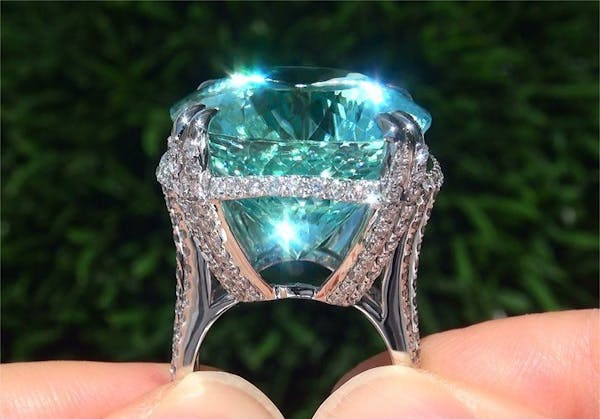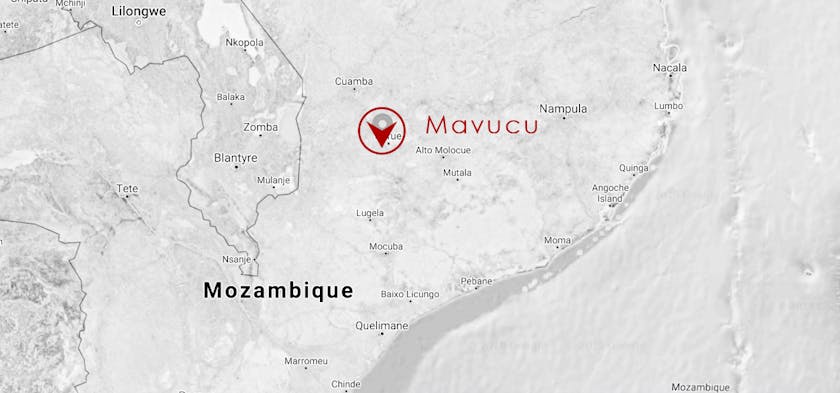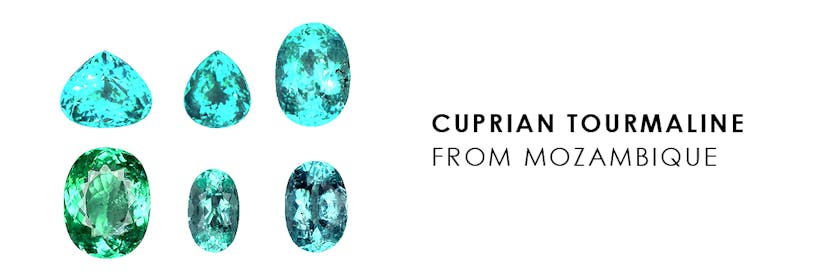
The Paraiba stone, a type of Tourmaline renowned for its vibrant neon hues, exhibits colors ranging from blue to green, each equally brilliant. The gemstone’s value is significantly influenced by its coloration. Originating from the region in Brazil where it was initially found, this exquisite stone has been named after its place of discovery. Although similar gemstones have surfaced in Africa, sparking some controversy, it is the scarcity of the Paraiba stone that truly elevates its worth. Be sure to explore our exclusive Paraiba Tourmaline Collection.
- Paraiba Stone Origins
- Paraiba Stone Rarity
- Paraiba Stone Color Range
1 FROM BRAZIL TO AFRICA

The first Paraiba stone, also known as cuprian elbaite, was discovered in a region of Brazil called Paraiba. The first gem was discovered in the 1980’s by a gentleman called Heitor Dimas Barbosa. He began digging in the area on a hunch that something valuable lay underneath. Once he saw the beauty of the first gemstone he uncovered, he knew he had hit the jackpot. The colour of the gems is because of a trace of copper in its mineral composition. In 1999, the World Jewellery Confederation (CIBJO) allowed ‘paraiba’ to become the trade name of the gemstone. This is because naming a stone after its place of origin is common practice.
However, in the early 2000’s tourmalines with qualities very similar to Paraiba stone were found in Nigeria and Mozambique. Of course, this caused a division in the gemstone industry. The variation between stones found in Brazil and those found in Africa are in their mineral composition and not noticeable to the naked eye. The African stones earnt the name Paraiba Tourmaline from Mozambique. Although, in 2006 at the International Gemstone Industry Laboratory Conference it was decided that the name ‘Paraiba Tourmaline’ encompasses all stones, regardless of its origin.
2 RARITY OF PARAIBA STONE INCREASES VALUE

In the short time since the discovery of Paraiba tourmaline, it has become one of the most sought-after gemstones. That is, in part, due to its amazing neon-bright colours. Blue tones are worth less than those with bluer/greener shades, and the same goes for other shades of green. In some cases, they are worth half the price of green/blue Paraibas. These amazing colours and the initial hype of its discovery brought prices of up $20K per carat.
In the current market they have become extremely rare. To put some numbers in your head, for every 10,000 diamonds mined, there is only a single Paraiba mined. Besides this rarity, finding a stone with more than three carats in pretty much unheard of. For this reason, the price per carat of Paraiba can still be seen above a 5-digit figure. As any other gem, the cut and quality are incredibly important. It is amazing the affect the quality of the gemstone can have on its value. Not that this is anything different from any other stone, however, in Paraibas the difference is greater than others. This being said, the colour is more important than the clarity of the stone.
Paraiba stone is a Tourmaline known for its bright neon colours. The colour ranges from blue to green, and all just as bright as the last. Because of this the colour of the gemstone is important when valuing it. The beautiful stone got its name from the region in Brazil in which it was first discovered. However, other similar like gemstones have appeared in Africa. Furthermore, these new stones have caused some debate. But it is the rarity of the Paraiba stone that really raises its value when set in Paraiba Tourmaline Rings
DID YOU KNOW PARAIBA STONE?
Paraiba Tourmaline has been one of the most sort after gemstones now and the 2020 Color of the year is Tanzanite Gemstone
